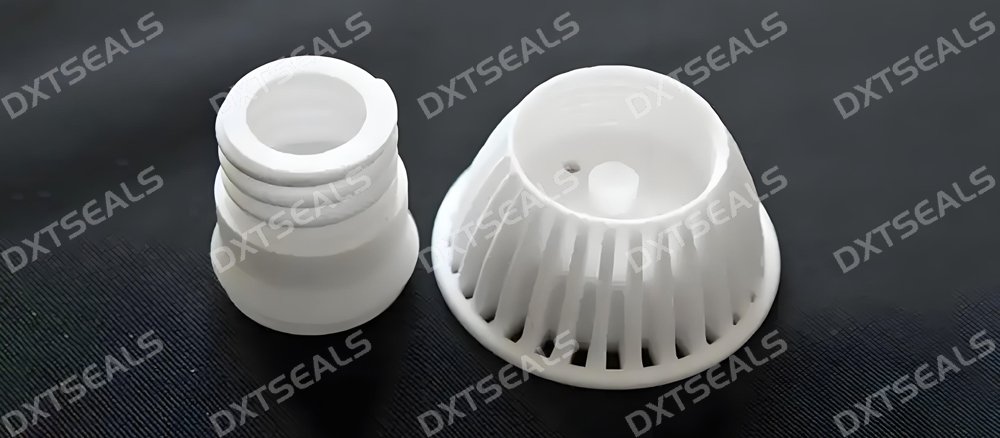
When it comes to producing high-quality custom components, selecting the right molding process is critical. Two commonly used methods—injection molding and rubber compression molding—serve different purposes and suit different types of materials and applications.
At DXTSEALS, we specialize in both techniques, offering tailored solutions to meet the unique needs of industries such as automotive, medical, electronics, and construction.
In this article, we explore the main differences between these two molding processes and highlight which applications benefit most from each.
🔧 What Is Injection Molding?
Injection molding is a high-precision process where molten plastic or rubber is injected into a closed mold cavity under pressure. After cooling and solidification, the part is ejected.
🔹 Key Features:
-
Suitable for thermoplastics and some rubber compounds
-
High-speed production with excellent repeatability
-
Capable of producing complex geometries and fine details
-
Ideal for mass production
✅ Best Use Cases:
-
Consumer electronics housings
-
Automotive plastic components
-
Medical device parts
-
High-volume production of small plastic parts
🛠️ What Is Rubber Compression Molding?
Compression molding is a more traditional method used primarily for rubber. In this process, preheated rubber material is placed into an open mold cavity, then compressed under heat and pressure to shape the part.
🔹 Key Features:
-
Ideal for thermoset rubber materials like NBR, EPDM, and Silicone
-
Better suited for large, thick, or less complex parts
-
Cost-effective for low to medium production volumes
-
Excellent for durable, high-performance seals and gaskets
✅ Best Use Cases:
-
O-rings and gaskets
-
Sealing washers
-
Rubber dampers or bumpers
-
Large-format rubber components
⚖️ Key Differences at a Glance
| Feature | Injection Molding | Rubber Compression Molding |
|---|---|---|
| Material Type | Thermoplastics, some elastomers | Primarily thermoset rubbers |
| Tooling Cost | Higher | Lower |
| Production Volume | High | Low to medium |
| Cycle Time | Fast | Slower |
| Part Complexity | High | Moderate |
| Material Waste | Lower | Slightly higher |
🧩 Choosing the Right Process with DXTSEALS
At DXTSEALS, we help customers choose the most effective molding method based on their material needs, design requirements, tolerances, and production scale. Whether you're developing a durable rubber seal or a precision plastic casing, our engineering team provides full support from prototyping to mass production.
🌟 Our Capabilities Include:
-
✔ Custom mold design
-
✔ Material selection guidance
-
✔ ISO-certified quality assurance
-
✔ Flexible production volumes
-
✔ Global shipping & technical support
🔚 Conclusion
Both injection molding and rubber compression molding offer significant advantages, depending on the product design, material type, and end-use requirements. Understanding the differences helps ensure better performance, cost-efficiency, and reliability.
👉 Need expert advice on which molding process fits your needs? Visit www.dxtseals.com to contact our technical team and explore our full range of manufacturing solutions.
DXTSEALS – Your Reliable Partner for Precision-Molded Rubber and Plastic Parts.
